Making Polluters Pay for Climate Consequences
Legal Planet
MARCH 3, 2025
The dramatic increase in extreme weather events has been wreaking havoc on states across the country, from devastating fires, floods, and droughts to rising sea levels.
This site uses cookies to improve your experience. To help us insure we adhere to various privacy regulations, please select your country/region of residence. If you do not select a country, we will assume you are from the United States. Select your Cookie Settings or view our Privacy Policy and Terms of Use.
Cookies and similar technologies are used on this website for proper function of the website, for tracking performance analytics and for marketing purposes. We and some of our third-party providers may use cookie data for various purposes. Please review the cookie settings below and choose your preference.
Used for the proper function of the website
Used for monitoring website traffic and interactions
Cookies and similar technologies are used on this website for proper function of the website, for tracking performance analytics and for marketing purposes. We and some of our third-party providers may use cookie data for various purposes. Please review the cookie settings below and choose your preference.

Legal Planet
MARCH 3, 2025
The dramatic increase in extreme weather events has been wreaking havoc on states across the country, from devastating fires, floods, and droughts to rising sea levels.

Circle of Blue
APRIL 8, 2025
All of Seldovia draws its water from a single reservoir, which sits within city limits no more than 200 feet above sea level. The report identifies several streams in the basin that, despite warming air temperatures, are expected to remain cool enough for salmon to thrive or rest within during days of extreme heat.
This site is protected by reCAPTCHA and the Google Privacy Policy and Terms of Service apply.

Scientific American
JULY 25, 2025
And that’s a really important question to answer, since it has a total of 24 feet of sea-level rise still locked up in its icy mass. Jeffery DelViscio/ Scientific American Feltman: Wow, yes, that does sound very complicated [laughs] but also very cool. Did the team end up actually getting what they were after?

New Scientist
JULY 14, 2025
Storm surge , combined with sea level rise, drives flooding along the coast, and more snow and rain boost inland flooding. “I The upward trend in both intensity and precipitation is small – the change in wind speed of even the strongest storms amounts to just over 1 metre per second since 1940. Journal reference PNAS DOI: 10.1073/pnas.2510029122

PA Environment Daily
APRIL 25, 2025
. -- Increasing temperatures will continue to alter the growing season and increase the number of days that people need to cool their homes and workspaces, but will also decrease the number of days that people will need to use heating.

Circle of Blue
MARCH 13, 2025
It could also raise sea levels along the United States East Coast. East Coast to the North Atlantic, where it cools, sinks and then moves south. It heats the oceans waters so there is less cool water to sink and motivate the cycle. Circulating water in the Atlantic serves as a kind of a heat exchange for the planet.

Union of Concerned Scientists
APRIL 17, 2025
It shows, for example, that both the strength and rapid intensification of hurricanes are increasing, that the intensity and duration of drought and extreme precipitation are increasing , that sea level rise and coastal flooding are increasing , and that wildfires are increasing in frequency and size.

PA Environment Daily
MARCH 9, 2025
Shapiros Energy Policies Will Cost Pennsylvania - By Andre Beliveau, Commonwealth Foundation -- Frozen Hoping For A Thaw: Eastern PA Coalition For Abandoned Mine Reclamation Project To Repurpose Fmr Coal Waste Plant Site Into Solar Energy, Mine Water Pool Energy Storage, Cooling Facility In Schuylkill County [PaEN] -- The Allegheny Front/WPSU: Solar (..)

PA Environment Daily
MARCH 9, 2025
Million In Solar For All Funding From Self-Imposed Freeze [PaEN] -- The Allegheny Front/WPSU: Solar Power Supporters In PA Say Outlook Is Positive, Even As Policies Could Change Under President -- City Of Reading Begins Energy Efficiency, Solar Energy Project To Save $13.3

Union of Concerned Scientists
JUNE 20, 2024
In an era when massive heat domes blanket large swaths of continents for days, wildfires burn through areas the size of small countries, and hurricanes regularly push the limits of what we once thought possible, sea level rise can seem like extreme weather’s low-key cousin. Since 1993, sea level has risen by an average rate of 3.1
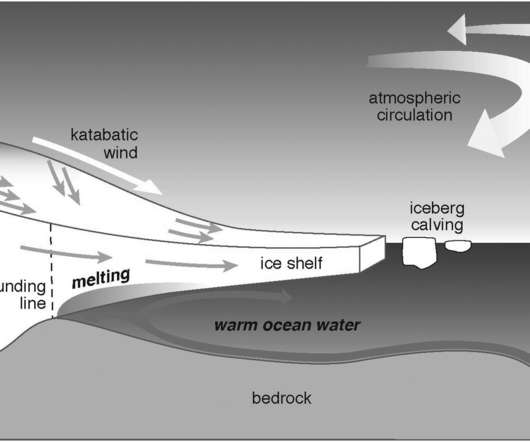
Real Climate
MAY 12, 2021
Three new papers in the last couple of weeks have each made separate claims about whether sea level rise from the loss of ice in West Antarctica is more or less than you might have thought last month and with more or less certainty. 2020) or Sadai et al. But there is more.
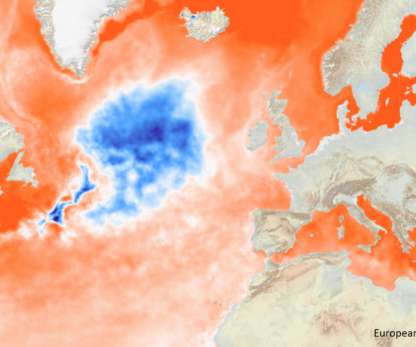
Real Climate
DECEMBER 17, 2022
An AMOC weakening by 15 % thus cools the region at a rate of 0.15 x 10 14 W and according to model simulations can fully explain the observed cooling trend (2). So in comparison, the cooling effect of a 15 % AMOC slowdown is over 1,000 times larger than the direct cooling effect of the Greenland meltwater. References.
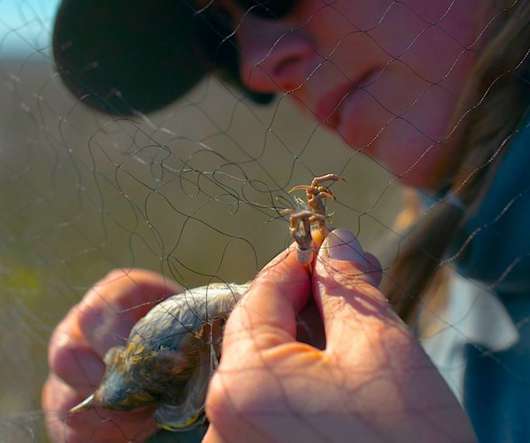
Cool Green Science
NOVEMBER 30, 2021
Scientists are studying the effects of sea-level rise on salt marshes, and two imperiled sparrow species. The post How Sea-level Rise Impacts Marsh Sparrows appeared first on Cool Green Science.

Cool Green Science
AUGUST 5, 2024
But the seas are rising. The post Saltmarsh Sparrow: The “Canary” of Sea-Level Rise appeared first on Cool Green Science. The saltmarsh sparrow is literally adapted to keep its head above water.
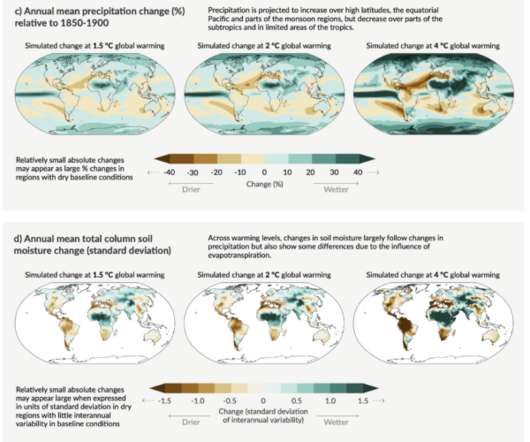
Real Climate
AUGUST 9, 2021
Sea level rise is a big deal Use, abuse and misuse of the CMIP6 ensemble The radiative forcing bar chart has gone full circle Droughts and floods are complicated Don’t mention the hiatus. Sea Level Rise: The previous IPCC reports, notably AR4 and AR5 (to a lesser extent) , have had a hard time dealing with SLR.

Real Climate
SEPTEMBER 19, 2024
Warm temperatures prior to the Ordovician glaciation, rises of temperature through the Devonian, a dip through the Carboniferous, peaking again at the beginning of the Triassic, slightly cooler in the Jurassic, peaking again mid-Cretaceous and then (roughly speaking) cooling into the Neogene (and the last 3 million years of ice age cycles).
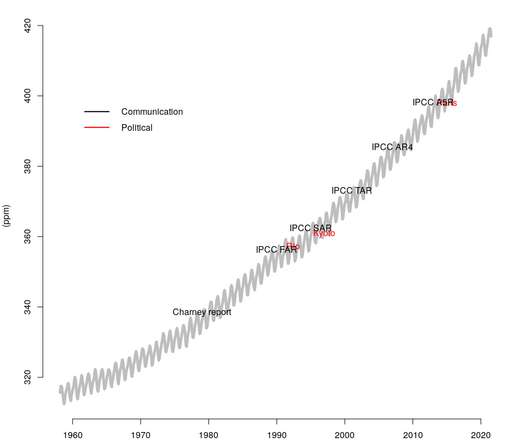
Real Climate
AUGUST 12, 2021
In addition, ozone depletion higher up in the stratosphere has caused a cooling high up in the atmosphere. The global mean sea level has increased by 20 cm from 1901 to 2018, and the rate of increase has accelerated and is now about 3.7 This is likely an effect of man-made climate change. mm increase every year.

Legal Planet
OCTOBER 9, 2024
Total loss of the Greenland ice sheet, for example, would raise sea levels globally by more than 20 feet. The paper sets out an agenda for research into ways to limit glacial ice-sheet deterioration and associated sea level rise. These impacts particularly disrupt the lives and livelihoods of Arctic Indigenous Peoples.
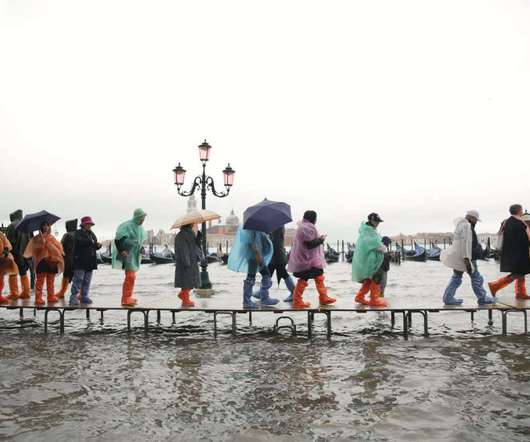
New Scientist
DECEMBER 6, 2022
High winter sea levels in Venice are linked to warmer sea surface temperatures in the North Atlantic Ocean, and cooling in that ocean over coming decades should therefore temporarily compensate for the city's sea level rise
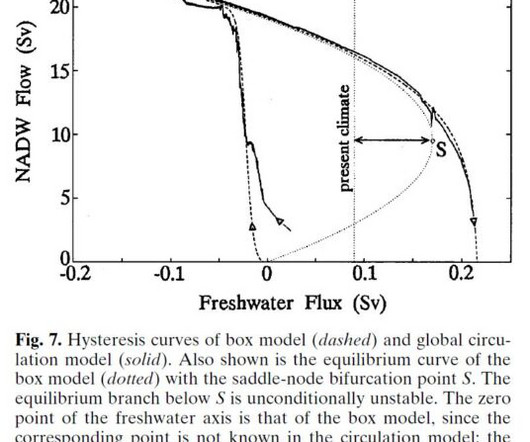
Real Climate
AUGUST 25, 2023
If the AMOC weakens, this region will cool. And in fact it is cooling – it’s the only region on Earth which has cooled since preindustrial times. that the sea surface temperature there in winter is a good index of AMOC strength, based on a high-resolution climate model. From Rahmstorf and Ganopolski 1999.
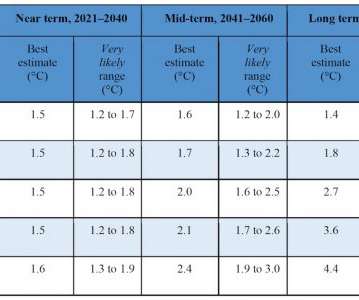
Legal Planet
OCTOBER 16, 2021
Does the climate keep warming, stay the same, or even cool? The world is gathering soon in Glasgow to debate how to eliminate greenhouse gas emissions over the coming decades. But what happens when we achieve the goal of zero carbon dioxide emissions from human actions?
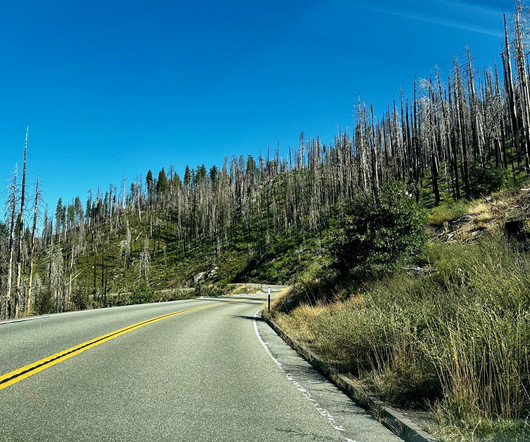
Union of Concerned Scientists
APRIL 5, 2023
From droughts to wildfires to rising sea levels and torrential rains, the state has felt the effects of a changing climate in a variety of ways. California is no stranger to the impacts of climate change.
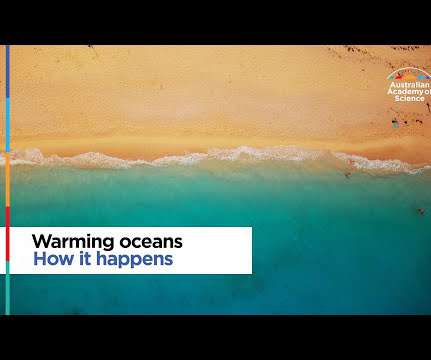
A Greener Life
JUNE 3, 2022
The radiators are, in fact, cooling down, but their stored heat is still warming the air in the room. But that doesn’t mean the planet returns to its preindustrial climate or that we avoid disruptive effects such as sea-level rise. The radiators warm up and heat the air in the room. This is known as committed warming.
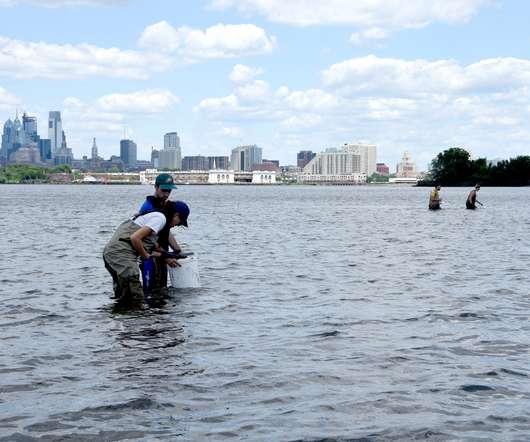
Academy of Natural Sciences
JULY 21, 2021
With the Philadelphia area trending towards warmer average temperatures as a result of climate change, it will be important to have ample opportunities for people to stay cool and recreate safely. The ’80s took the subject of global warming to the next level. There were problems at the shore again this summer.

Union of Concerned Scientists
NOVEMBER 11, 2022
If you’ve been to any conference or convention, imagine the blue zone as the rooms where official conference business happens, and the green zone as the lobby where people spend time informally and vendors dispense cool swag.
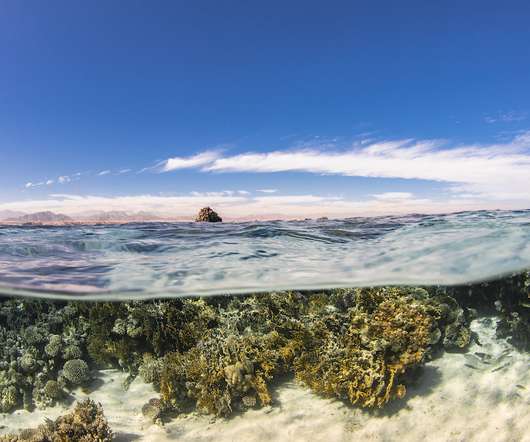
Ocean Conservancy
DECEMBER 7, 2021
Global sea levels were high during the Mesozoic period in which dinosaurs ruled the earth. While the animals that delighted our childhood like the Stegosaurus or the Tyrannosaurus rex roamed the land, the sea was also teeming with cool and unusual life. See more wonderful ocean animals!
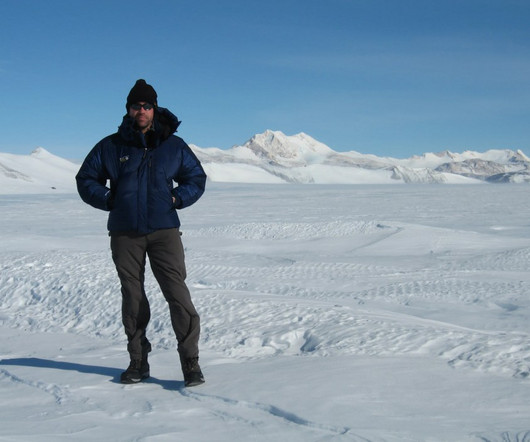
Frontiers
AUGUST 7, 2023
For example, Antarctica acts to cool our planet by reflecting solar radiation back to space by virtue of the brightness of its snow surface. Antarctica is such a place – remote from society yet influentially connected to the world’s environment that it relies on for survival.
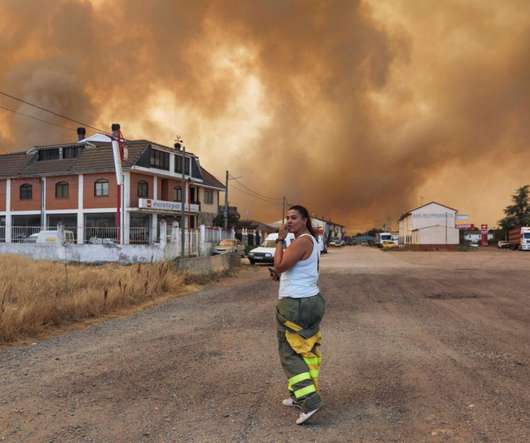
A Greener Life
NOVEMBER 29, 2022
It captures the changes in mortality rates that are going to happen… the changes in crop yields… the changes in sea level rise, and the damages that will cost…”. How fast will sea levels and temperatures rise? What is the cost of living with, versus adapting to, sea level rise?
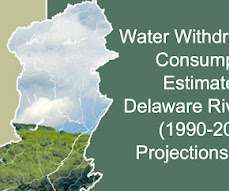
PA Environment Daily
OCTOBER 19, 2021
The report also evaluated and projected consumptive use, or water that is withdrawn from the Basin, but is not returned; examples include out-of-basin water transfers and water lost to evaporation from being used for cooling purposes in power generation. Click Here for a copy of the report.

Physics World
JUNE 1, 2021
García grew up in Colombia’s capital city, Bogotá, more than 2500 m above sea level in the Andes. It was very cool indeed. Her motivation is her lifelong drive to understand the universe, which began in childhood with a quirky choice of bedroom decoration.
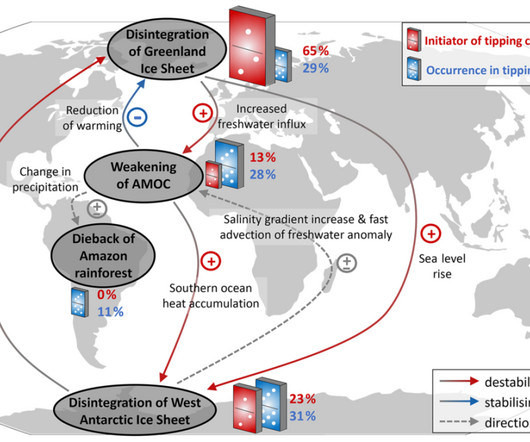
A Greener Life
JULY 30, 2023
The AMOC plays a crucial role in regulating global climate patterns and has a significant impact on weather conditions and sea levels along the Atlantic coastlines. It transports warm surface water from the tropics to the North Atlantic, where it cools down and sinks to deeper layers.
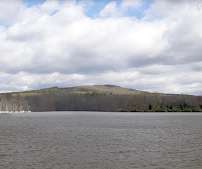
PA Environment Daily
APRIL 27, 2022
“In addition to everything this wooded property offers us all—flood control, cleaner drinking water, fresh air to breathe, and climate cooling power—it’s also just plain beautiful. The local landmark, with its two peaks separated by a saddle, rises 961 feet above sea level.

Law Columbia
MARCH 23, 2022
emissions form the generation of purchased or acquired electricity, steam, heat, or cooling that is consumed by operations owned or controlled by [the] registrant.” In addition to describing the nature of each physical risk, registrants would also need to identify the location (by zip code) of at-risk properties, processes, or operations.

Ocean Conservancy
JANUARY 9, 2023
Competition and cooperation ensued, but eventually the maritime Inuit were better suited to a cooling climate than the farming Norse, and Greenland became an Inuit homeland. In 2022, the melt season extended into September for the first time ever—the effects will be felt around the world in the form of sea level rise.
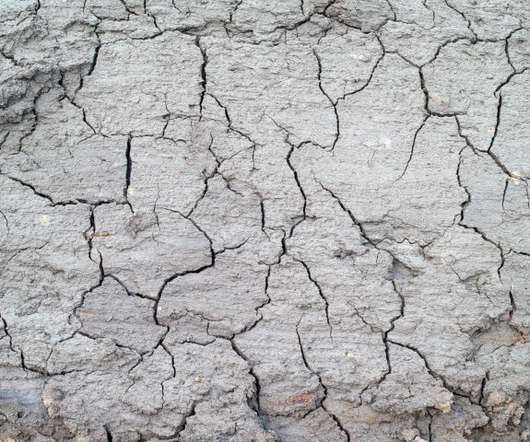
Environmental Science
JULY 22, 2018
It describes fluctuations between the sea level atmospheric pressure from the areas known as the Azores High and the Icelandic Low although these are not set in stone (8). It also incorporates both a warm and a cool period during the oscillation - both of which impact upper atmospheric winds (10). The Human Impacts on Climate.
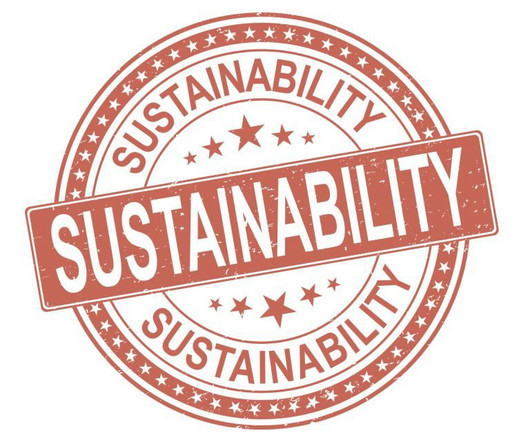
Capaccio
JULY 25, 2023
Scope 1 emissions are those emitted directly by the company, while Scope 2 emissions result from purchasing electricity, steam, heating, or cooling. Physical risks can be either acute, such as floods or storms, or chronic, like rising sea levels.

Capaccio
APRIL 22, 2024
Greenhouse Gas Emissions The rules require large accelerated filers (LAFs) and accelerated filers (AFs) to disclose material Scope 1 (direct) and Scope 2 ( i.e., electricity, steam, heating, or cooling) greenhouse gas emissions.
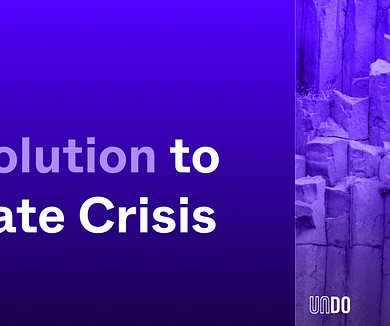
Ivy Protocol
AUGUST 23, 2023
Basalt is formed by cooling lava, so wherever you have volcanic activity, you find basalt. Basalt is a type of silicate rock that is rich in minerals that quickly react with carbon dioxide and store significant amounts of carbon. It is also common. Enhanced rock weathering is not just a tool in the fight against climate change.
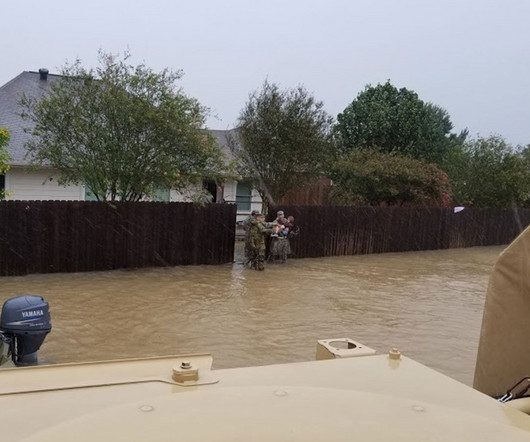
Union of Concerned Scientists
JUNE 24, 2024
As temperatures rise, so too does the demand for energy as more people turn to AC to keep cool. Miami’s Forever Bond provides support for sea level rise and flood prevention, roadways, parks and cultural facilities, public safety, and affordable housing. This decade, the American Society of Civil Engineers estimates that $2.58
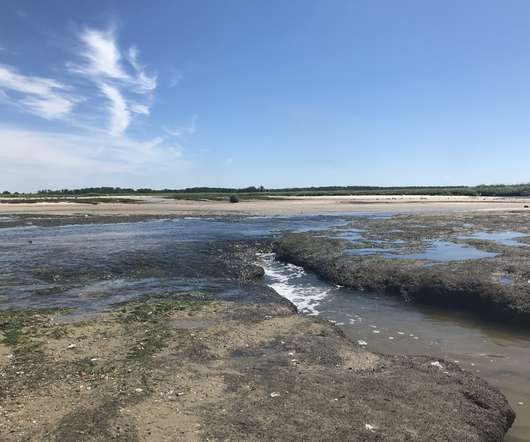
Academy of Natural Sciences
OCTOBER 24, 2022
She focuses on coastal watersheds and habitats in order to promote informed management and conservation, especially in transition zones between land and sea which serve essential ecological functions but are threatened by rising sea levels. “I’m By Sarah Hojsak. Photos by Brigette Brown and Beth Watson.
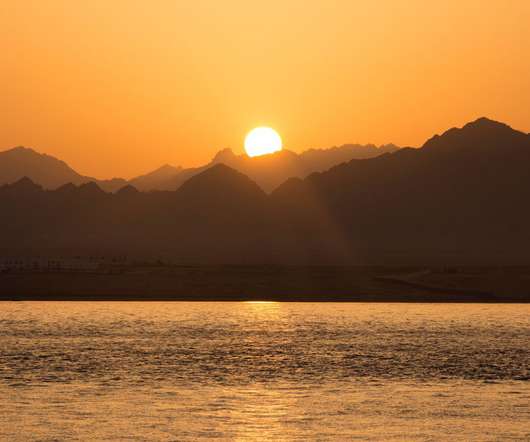
Union of Concerned Scientists
DECEMBER 8, 2022
For example, data from our Underwater report is giving communities information about how severely sea level rise will affect local homes and businesses under different emission scenarios. With this data in hand, communities are assessing, for example, whether to expand cooling centers, or where to invest in planting trees.

Greenbuilding Law
JUNE 5, 2022
Relative Sea Level Rise The increase in ocean water levels at a specific location, taking into account both global sea level rise and local factors, such as local subsidence and uplift. An example is collecting aluminum cans, melting them down, and using the aluminum to make new cans or other aluminum products.
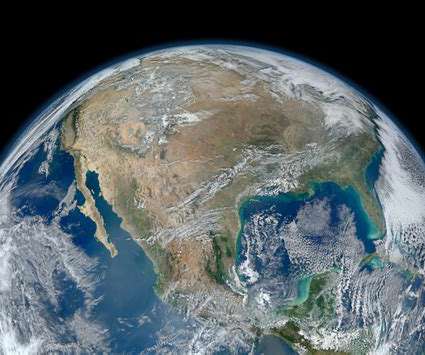
Legal Planet
DECEMBER 14, 2021
SG would cool the Earth, temporarily and imperfectly offsetting some of the climate effects of elevated greenhouse gases, by reflecting a bit (around 0.5% And serious anticipatory adaptation measures, even for risks as well known as coastal inundation from sea-level rise, remain few, weak, and highly contentious.

PA Environment Daily
JULY 14, 2024
Million Grant To The Energy Innovation Center Institute In Pittsburgh [PaEN] -- WHYY: As Sea Levels Rise, Philly, Camden At Risk Of Being Inundated With Raw Sewage, Study Finds -- WHYY: Philadelphians Missing Out On Flood Insurance Discounts, The City Could Cash In Next Year -- Scranton Times: Scranton Nears $2.7
Expert insights. Personalized for you.
We have resent the email to
Are you sure you want to cancel your subscriptions?


Let's personalize your content